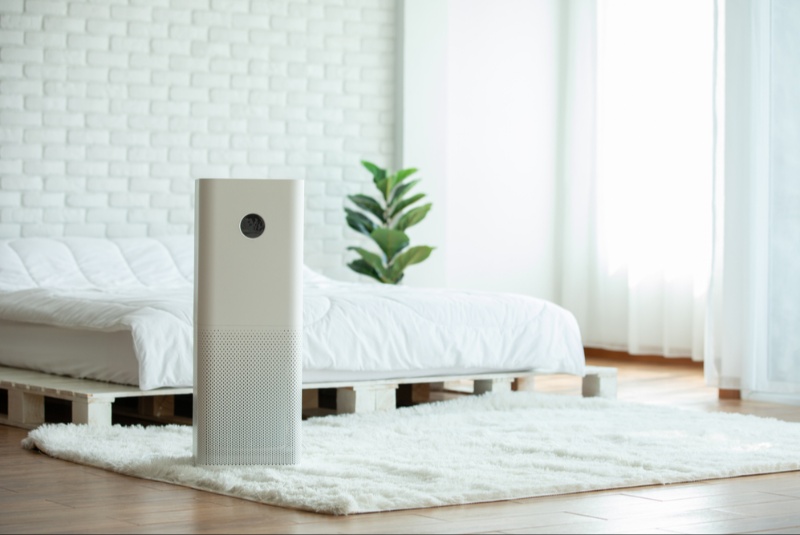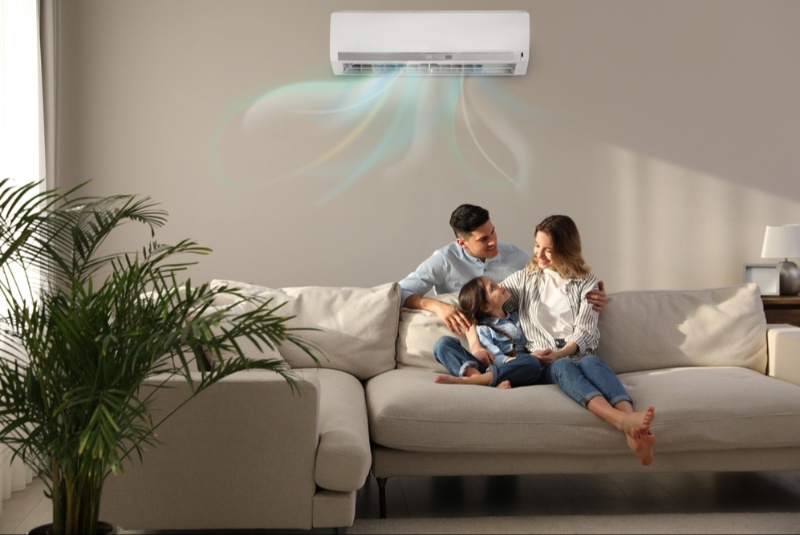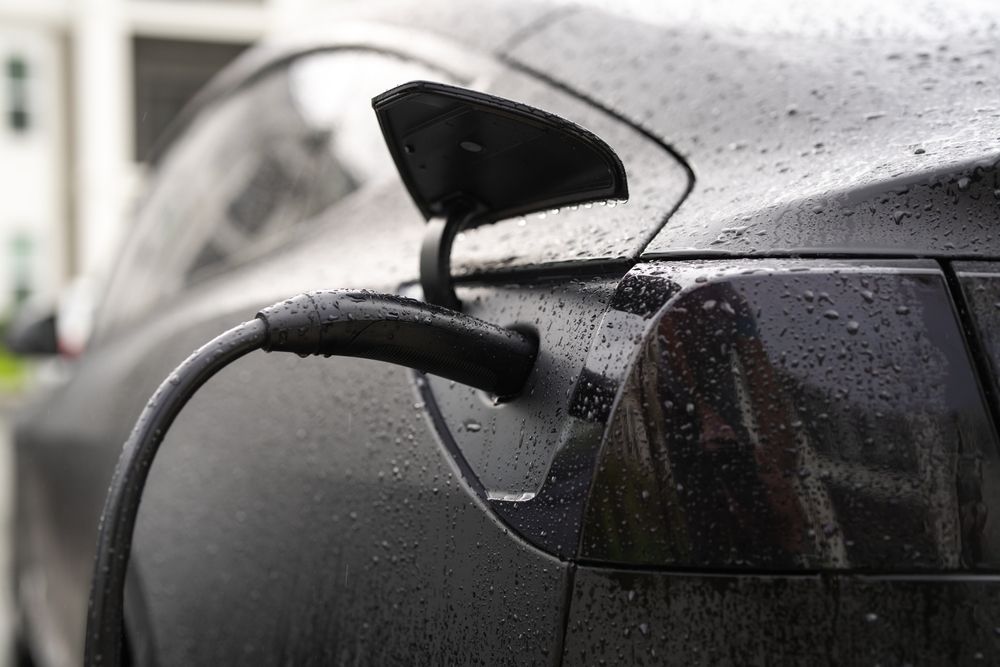Air purifiers have become an essential household item for many, especially with the increasing concerns about indoor air pollution. From allergens like pollen and pet dander to harmful chemicals and smoke, the quality of the air we breathe indoors can significantly affect our health and well-being. But with numerous models, brands, and technologies available, how does a smart shopper choose the right air purifier? This guide aims to clear the air (pun intended) and provide you with the essential factors to consider before making a purchase.
1. Identify Your Primary Need
Before you even start looking at different air purifiers, it's crucial to identify why you need one. The right air purifier depends on the specific air quality issues you want to address:
Allergens: If you or someone in your family suffers from allergies, choosing a purifier designed to capture small particles like pollen, dust, and pet dander is paramount. Look for models equipped with HEPA filters, which are highly effective at removing allergens.
Smoke: For homes susceptible to smoke (whether from tobacco or external sources), you'll want an air purifier that can handle smoke particles and odors. Opt for models with activated carbon filters, which excel at removing smoke-related contaminants.
Chemicals and VOCs: If you're concerned about harmful chemicals or VOCs (Volatile Organic Compounds) released from paints, furniture, or cleaning agents, choose a purifier with activated carbon filters. These filters are effective at adsorbing gases and chemicals.
Understanding your specific needs is the first step in selecting the right air purifier, as different purifiers excel in addressing different types of indoor air pollutants.
2. Understand the Different Types of Filters
Air purifiers rely on various types of filters to capture and remove airborne contaminants. Understanding these filters is essential for choosing the most suitable purifier for your needs:
HEPA (High-Efficiency Particulate Air) Filter: This is the gold standard for capturing tiny particles (as small as 0.3 microns). HEPA filters can remove 99.97% of allergens, including dust, pollen, mold spores, and pet dander. When allergen removal is a primary concern, a purifier with a HEPA filter is an excellent choice.
Activated Carbon Filter: Activated carbon filters are excellent for removing odors and gases. They're typically used in conjunction with other filters, such as HEPA filters, to provide comprehensive air purification. If you want to eliminate unpleasant odors like cooking smells or pet odors, a purifier with an activated carbon filter is a wise choice.
UV Light: UV-C (ultraviolet-C) light technology is effective at destroying bacteria and viruses. However, it may not remove particles, so it's often a secondary feature in many air purifiers. If germ and virus elimination is a priority, look for models that incorporate UV-C technology alongside other filters.
Ionic and Ozone Generators: These purifiers emit ions to attract and neutralize contaminants. While they can be effective, it's essential to choose ones that meet safety standards and do not emit harmful ozone. Some ionic purifiers are equipped with ozone generators, which should be used with caution due to potential health risks associated with ozone exposure. If you opt for an ionic purifier, ensure it meets safety guidelines and does not produce harmful ozone levels.
Understanding the strengths and limitations of each filter type is crucial for selecting an air purifier that aligns with your specific air quality concerns.
3. Room Size Matters
When choosing an air purifier, room size matters significantly. Each purifier is designed to handle a specific volume of air, and selecting the right-sized purifier is essential for optimal performance. Air purifiers typically come with a CADR (Clean Air Delivery Rate) rating, which indicates the volume of filtered air delivered by the device. To ensure your chosen purifier is effective, match its CADR rating to the size of the room where it will be placed.
A higher CADR means that the purifier can purify the air faster for a given room size. Make sure the air purifier's CADR rating matches the size of your room or slightly exceeds it for more efficient and rapid air purification. Using a purifier with an appropriate CADR rating ensures that the air in your room is effectively cleaned within a reasonable time frame.

4. Noise Level
Noise level is another crucial consideration, especially if you're planning to keep the air purifier in a bedroom, study, or other quiet areas of your home. The noise produced by air purifiers can vary significantly, so it's essential to check the decibel (dB) rating before making a decision.
For reference, a whisper is about 30 dB, and normal conversation is around 60 dB. Some air purifiers operate silently, while others may generate noise levels similar to a low-speed fan or white noise machine. If noise is a concern, look for models specifically designed for quiet operation, or check user reviews to gauge how noisy a particular purifier is in real-world settings.
By choosing a quieter air purifier, you can enjoy improved indoor air quality without compromising your peace and quiet.
5. Operational Costs and Maintenance
Air purifiers, like any other appliances, come with operational costs and maintenance requirements. These ongoing expenses should be factored into your decision-making process:
Filter Replacements: Most air purifiers require filter replacements over time. The longevity of the filter and its replacement cost can vary significantly between models. Be sure to check how often filters need to be replaced and the cost of replacement filters. Keep in mind that a cheaper air purifier with expensive filter replacements might end up costing more in the long run than a pricier model with longer-lasting filters.
Energy Consumption: Consider the energy consumption of the air purifier. An energy-efficient purifier not only saves on electricity bills but also has a lower environmental impact. Look for models with an Energy Star rating, which signifies energy efficiency.
Understanding the operational costs and maintenance requirements of your chosen air purifier allows you to budget for ongoing expenses and ensures that you can effectively maintain your purifier for optimal performance.
6. Additional Features
Modern air purifiers often come with a range of additional features that can enhance convenience and functionality:
Air Quality Sensors: These sensors can detect the level of pollutants in your indoor environment and adjust the purifier's settings accordingly. For hands-free operation and automatic adjustments based on real-time air quality, consider models equipped with air quality sensors.
Filter Change Indicators: Filter change indicators are a handy feature that provides a clear reminder to replace filters when they are no longer effective. This ensures that your purifier maintains peak performance and continues to deliver clean air.
Wi-Fi Connectivity: Some high-end air purifiers offer Wi-Fi connectivity, allowing you to control and monitor the purifier using a smartphone app. With a Wi-Fi-enabled purifier, you can check the air quality remotely, adjust settings, and set schedules for operation.
Consider which additional features align with your preferences and needs to enhance your overall experience with the air purifier.
7. Certifications and Standards
When shopping for air purifiers, it's essential to look for certifications and standards that ensure the purifier meets specific quality and safety requirements. These certifications can provide added confidence in the performance and safety of the device:
AHAM Verified Mark: The AHAM (Association of Home Appliance Manufacturers) Verified mark is a certification that ensures the accuracy of the purifier's CADR rating. Choosing an air purifier with this mark ensures that its performance claims are verified and reliable.
CARB Certification: If you're concerned about ozone emissions, look for air purifiers that are CARB (California Air Resources Board) certified. This certification ensures that the purifier does not emit harmful levels of ozone, promoting a safer indoor environment.
By selecting air purifiers with recognized certifications, you can trust that the devices meet industry standards for performance and safety, giving you peace of mind.
8. Energy Consumption
Energy consumption is an often-overlooked factor when choosing an air purifier. While these devices typically consume less energy than larger appliances, selecting an energy-efficient model can make a difference in your electricity bills over time.
Look for air purifiers that have earned the Energy Star rating, a designation given to products that meet stringent energy efficiency standards. An Energy Star-rated air purifier is not only environmentally friendly but also cost-effective in the long run.
Investing in an air purifier can significantly improve indoor air quality, enhancing health and comfort for you and your family. However, not all air purifiers are created equal, and choosing the right one requires careful consideration of your specific needs and preferences.
By understanding your primary need, the different types of filters, room size considerations, noise levels, operational costs, and maintenance requirements, you can make an informed decision. Additionally, explore the available features, certifications, and energy efficiency of the air purifiers you're considering to select a model that aligns with your indoor air quality goals.
An air purifier can be a valuable addition to your home, providing cleaner and healthier indoor air. By considering the factors outlined in this guide, you can confidently choose the perfect air purifier for your specific needs, ensuring that you and your loved ones can breathe easier and enjoy a healthier living environment.




